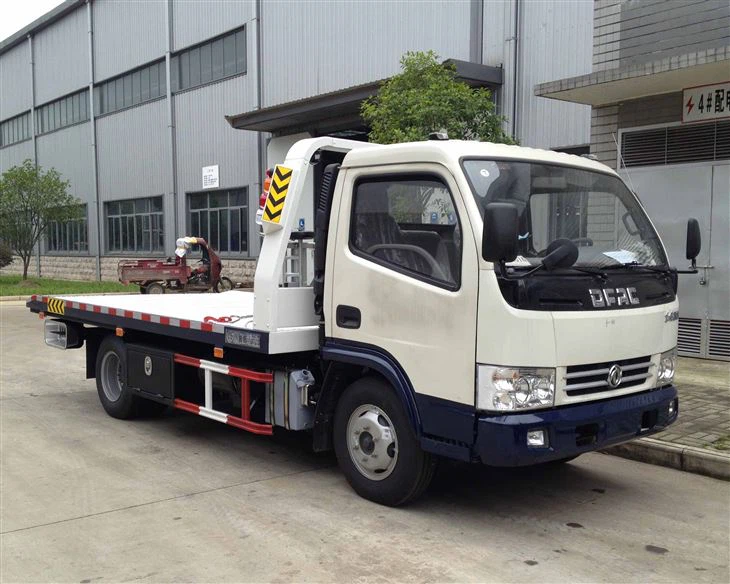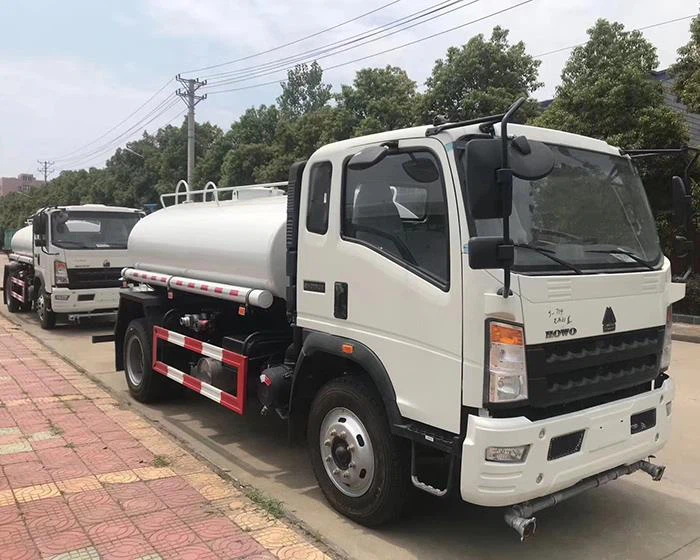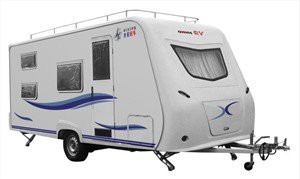Prime Mover Truck: The Backbone of Heavy Transport

Introduction
In the realm of heavy transport, prime mover trucks play a pivotal role. Often referred to simply as “prime movers,” these powerful vehicles are designed to pull trailers and other heavy loads across long distances. With a blend of strength, versatility, and capacity, prime mover trucks cater to various industries, including construction, logistics, and agriculture. This comprehensive article delves into different aspects of prime mover trucks, their types, components, applications, maintenance tips, and more. Whether you are a trucking professional, a transport enthusiast, or simply curious, this guide will provide valuable insights into the world of prime movers.
Understanding Prime Mover Trucks
What is a Prime Mover Truck?
A prime mover truck is a large, heavy-duty vehicle designed primarily for towing trailers that carry goods or cargo. The term “prime mover” refers to a truck’s capability to “move” or pull these large loads, differentiating it from other types of vehicles that may only transport goods in a single unit.
Classification of Prime Mover Trucks
Prime mover trucks can be classified based on their design and usage:
- Articulated Trucks: These consist of a tractor unit (the prime mover) and a trailer that can pivot, improving maneuverability.
- Rigid Trucks: This configuration has a single unit design, where the cab and cargo area are fixed together without a pivot.
- Specialized Trucks: Designed for specific industries, these might include tow trucks, logging trucks, or vehicles with extra functionalities.
Key Components of Prime Mover Trucks
Engine
The heart of any prime mover truck is its engine, typically a high-powered diesel engine that delivers the torque needed for heavy hauling. Most engines in prime movers range from 300 to 600 horsepower.
Transmission
Prime movers use either automatic or manual transmissions, allowing for optimal gear selection to navigate different terrains and loads.
Chassis
The chassis of a prime mover truck is designed for stability and strength. It supports the cab, driveshaft, and suspension systems, which are crucial for maintaining control under heavy loads.
Suspension System
A robust suspension system ensures a smooth ride despite the uneven weight distribution caused by the trailers being towed. This usually comprises air suspension for enhanced comfort and stability.
Braking System
Given the heavy loads they carry, prime movers are equipped with advanced braking systems, such as disc brakes or air brakes, providing higher safety standards.
Applications of Prime Mover Trucks
Transportation and Logistics
Prime movers are essential in the logistics industry, transporting goods across long distances efficiently. They can be configured with different types of trailers, including flatbeds, refrigerated, and more.
Construction Industry
In construction projects, prime movers are used to transport heavy machinery, equipment, and materials between job sites, playing an essential role in project timelines.
Agricultural Sector
Agricultural prime movers assist in transporting harvests and farming equipment, facilitating efficient supply chain management from farms to markets.
Mining Industry
Many prime movers are tailored for the mining sector, hauling materials and equipment in and out of mining sites, thus improving productivity and operational efficiency.
Choosing the Right Prime Mover Truck
Load Capacity
When selecting a prime mover, consider the typical load it will carry. Trucks are rated for specific weight limits, which must be adhered to ensure safety and legality.
Fuel Efficiency
Fuel costs are a significant part of operations. Choosing a fuel-efficient model can lead to substantial savings over time. Manufacturers now offer trucks optimized for better fuel economy.
Comfort and Ergonomics
Drivers spend significant hours on the road. Consideration for comfort and ease of operation, such as an ergonomic seat, climate control, and intuitive dashboard designs, is vital.
Maintenance and Support
Look for manufacturers that provide excellent after-sale service, spare parts availability, and warranty options. A well-supported truck will lead to smoother operations.
Maintenance Tips for Prime Mover Trucks
Regular Inspections
Inspect essential components regularly, including brakes, lights, and tires. Identifying issues early can prevent breakdowns during crucial operations.
Oil Changes
Regular oil changes are vital for engine longevity. Follow the manufacturer’s recommendations on intervals to maintain optimal performance.
Tire Care
Maintain proper tire pressure and tread depth. Uneven wear can affect fuel efficiency and load stability.
Cleaning
A clean vehicle is not only professional but also helps prevent rust and corrosion, which can be detrimental over time.
Technological Advancements in Prime Mover Trucks
Autonomous Driving Technology
Many manufacturers are experimenting with autonomous driving features to enhance safety and efficiency on the road.
Telematics and Fleet Management
Modern prime movers are equipped with telematics systems that allow fleet managers to monitor vehicle performance, fuel consumption, and driver behavior in real-time.
Eco-Friendly Innovations
With growing environmental concerns, more manufacturers are developing eco-friendly models with reduced emissions and hybrid options to lessen their carbon footprints.
Future Trends in Prime Mover Trucks
Electrification
As battery technology improves, the trend toward electric prime movers is becoming increasingly viable, potentially revolutionizing the industry with lower operating costs and reduced emissions.
Enhanced Driver Assistance Systems
Features such as lane-keeping assist, adaptive cruise control, and automated braking systems will likely become standard, increasing safety for drivers and other road users.

FAQs
What is the average lifespan of a prime mover truck?
The average lifespan of a well-maintained prime mover truck is generally around 10 to 15 years, depending on usage and maintenance practices.
How much can a prime mover truck legally tow?

The towing capacity varies by truck model, but typically, prime movers can haul between 20,000 to 80,000 pounds legally, depending on state regulations.

Are prime mover trucks fuel-efficient?
Fuel efficiency in prime movers has improved significantly, with some modern models achieving up to 10-12 miles per gallon, depending on load and driving conditions.
What types of engines do prime mover trucks use?
Most prime mover trucks use diesel engines because of their torque and fuel efficiency. However, some manufacturers are exploring gas and electric engines as alternatives.
Do prime mover trucks require special licensing?
Yes, drivers typically require a commercial driver’s license (CDL) to operate prime mover trucks, given their size and weight.
How can I increase the longevity of my prime mover truck?
Regular maintenance, proper load management, and attentive driving practices are key to extending the life of a prime mover truck.
